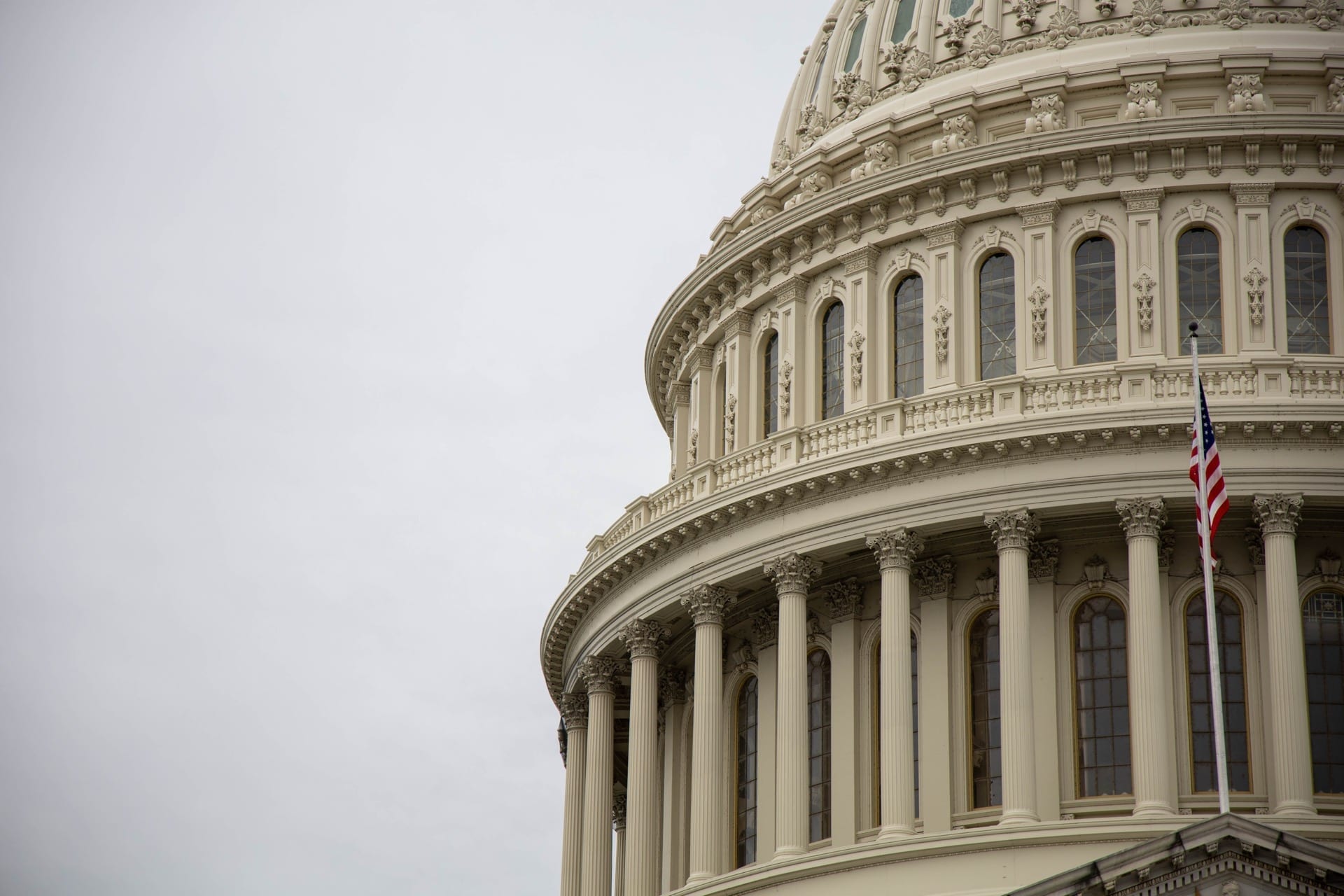The President and the Democrats are indeed doing very well at the outset of 2012, and the Republicans are doing pitifully. They are not unrelated. Republicans in Congress and in the primary battles are driving independents into the Democrats’ camp and consolidating and energizing parts of the progressive base.
There is improved optimism about the macro economy and the President’s approval rating is up to 50 percent.[1] But Democrats should keep their wits. Nearly all the gains have been produced by the Republican slide, not Democratic gains. Both parties and politicians are reviled. And most important, the voter has not seen personal economic gains and Democrats are no more trusted on handling the economy – the heart of this election. Some of the emerging Democratic messages are on target, but others miss what is really happening and pose considerable risks. The on-target messages set up an effective electoral choice around the middle class, but the off-target ones could give the Republican nominee a platform for challenging the President’s economic record. Voters are still very negative about the economy and their lives and a large majority of 56 percent want a change of economic direction.


Voters report no improvement since last June in their job situation, experience with reduced wages and benefits, and health insurance coverage. Fewer have fallen behind on their mortgages, but this is a weak recovery at the personal level. While Republicans have collapsed on nearly everything, 44 percent continue to trust them on the economy – unchanged over four surveys back to August. Just 40 percent trust the Democrats on the economy – about the same as the party’s average for 2011. The stubbornness of the Democrats’ disadvantage on the economy should be a lesson if they are really to prevail. These are still tough economic times. Thus, it is critical that Democrats get to the right economic narrative that allows the President and progressives to identify with what is happening in the country, create an aspiration for the country and the middle class and pose a big choice with the Republican nominee. Based on the State of the Union dial group research and this new national survey, we have to say the jury is out on the Democrats’ current economic narratives. While we recorded very positive reactions to the President’s address, we also raised two reservations. Some of the economic sections did not push up the participants’ dials, and the increased confidence on handling the economy was less than for prior presidential speeches.[2] In the State of the Union and subsequent speeches and interviews, the President has offered a number of distinct economic narratives. Two of these center on the middle class and do well. There are still some outstanding issues and they move different target audiences, but they are stronger than the current economic messages. Two of the messages talk about progress: one centered on jobs and the other on the state of the country, “America is back.”
Middle Class Messages The President makes his best case and strongest connection with voters when he advocates for an economy that structurally and actively works for a vital middle class. In this exercise, we tested two middle class frameworks; the first framed Obama’s economic program as one that would create middle class opportunity to achieve overall economic growth and the second framed Obama’s economic worldview as a “fair shot” for the middle class. The two messages produced similar overall results. The middle class opportunity/economy message says:
More than half of all voters said they were more likely to support President Obama after hearing this message, with a third saying they were much more likely to support him. Critically, this was the strongest message among independents, with 43 percent of independ-ents saying this message made them more likely to support the President. Among independents, this message performed 5 points better than the second strongest Democratic message, almost 20 points higher than the weakest Democratic message. More importantly, this message was almost 20 points better than both Republican messages among independents.
This message was strong among other swing groups as well. It was the strongest among white non-college voters (a population that has begun to move back toward supporting Democrats), white voters living in rural areas outside the deep South, in states with competitive battleground Senate elections, and in Congressional districts where Republicans picked up seats in 2010. This was also the strongest message among Democratic base voters—voters in the Rising American Electorate (the young people, unmarried women, and minorities who helped bring Democrats to power in 2006 and 2008). It was by far the strongest message among young voters (under age 30). Overall, 62 percent of young voters said this message made them more likely to support the President and more than twice as many young people said this message made them much more likely to support President Obama than the second strongest message. Our other middle class message, framed by fairness, also outperformed the other Democratic messages and the Republican counter-narratives on the economy.
This message says:
This message performed best in Congressional districts won by President Obama in 2008 and by a Republican in 2010 and among white seniors, who have become more open to Democratic candidates and messages over the last year. It is likely that these voters will be a crucial swing population in November.
Progress on jobs
One of the President’s weakest operative frameworks highlights recent progress on job creation. This message is potentially dangerous for Democrats. During the State of the Union, we watched the dial lines go flat, with even Democrats peaking below 70 when the President highlighted recent jobs numbers. In post-speech focus groups, respondents explained why this part of the speech did not resonate for them: first, and most importantly, they have not seen these jobs or felt the effects of job creation. But they are also deeply concerned that these jobs are not permanent, that these new jobs belie much deeper structural problems in the economy, and that the new jobs that have been created are far inferior to the more stable, full-time, well-paying middle class jobs that have been lost over the last decade. One Democratic-leaning participant said, “Just pouring sugar on the thing to create a few temporary jobs is going to get us no place.” Many told us that these statistics were meaningless because they are still just numbers to them. One Republican-leaning participant was incredulous: “I don’t see the kind of jobs numbers that I hear about from him.” We tested a message that says:
This message underperformed the best Democratic message by nearly 10 points and was slightly less popular (by 2 points, within the margin of error) than the best Republican message. More importantly, this message failed to capture key swing and essential base voters. Less than 30 percent of independents (26 percent) said this message would make them more likely to support the President and just 10 percent said it would make them much more likely to support him. Less than half of base voters in the Rising American Electorate said this message would make them more likely to support the President.
America is back
In the State of the Union address, President Obama began using a new framework, one that claims that “America is back” in the world. During the speech, the President’s assertion that “America is back” produced an overall flat response across the dials with independents and Republicans responding negatively. We tested a message that says:
Claiming that “America is back” is by far the weakest operative message and produces disastrous results. It is weaker than even the weakest Republican message and is 10 points weaker in intensity than either Republican message. Overall, less than a third of all voters said this message makes them more likely to support the President and a third said this message made them less likely to support Barack Obama. Alarmingly, this message barely receives majority support among self-identified Democrats—and even less support among all other groups.Less than a quarter of independents say this message would make them more likely to support the President and no independents said that it would make them much more likely to support him.
Conclusions
The two progress narratives—progress on jobs and “America is back” create an opening for a Republican candidate to challenge the White House on its management of the recovery and whether America is back. This is a difficult place to wage the election when two-thirds say America is in decline.
[1] This memo is based on a national survey of 1000 likely 2012 conducted from February 11-14, 2012 by Greenberg Quinlan Rosner for Democracy Corps, unless otherwise noted, the margin of error is +/- 3.1 percentage points at 95 percent confidence. This memo is also based on dial meter tests and follow-up focus groups with 50 swing voters in Denver, Colorado conducted during the 2012 State of the Union address.
[2] Based on dial meter tests and follow-up focus groups with 50 swing voters in Denver, Colorado conducted during the 2012 State of the Union address. Detailed analysis can be found here: http://www.democracycorps.com/strategy/2012/02/state-of-the-union-2012-built-to-last/




